Storytelling has always been at the heart of human culture. From ancient times, people found ways to share stories that shaped their beliefs, values, and traditions. Different forms of storytelling gave rise to unique cultural identities around the world. Let’s explore the rich and varied forms of storytelling that shaped early civilizations.
Oral Traditions
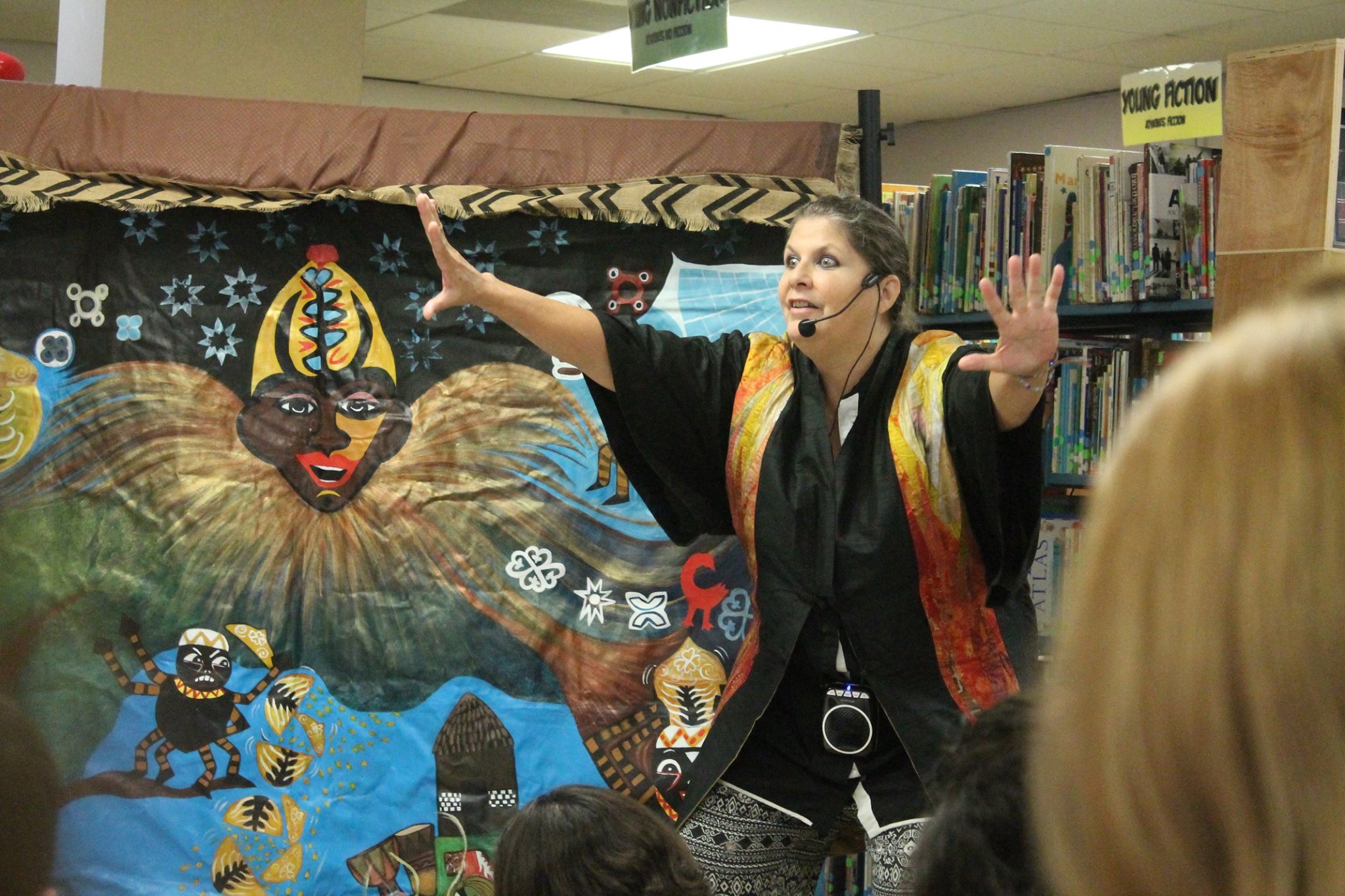
Oral traditions were one of the earliest forms of storytelling. People would share tales through spoken word, often in groups. Elders passed down knowledge, folklore, and history to younger generations. Stories changed slightly with each retelling, adapting to cultural shifts. Oral traditions kept histories alive when written language wasn’t yet developed.
Epic Poetry
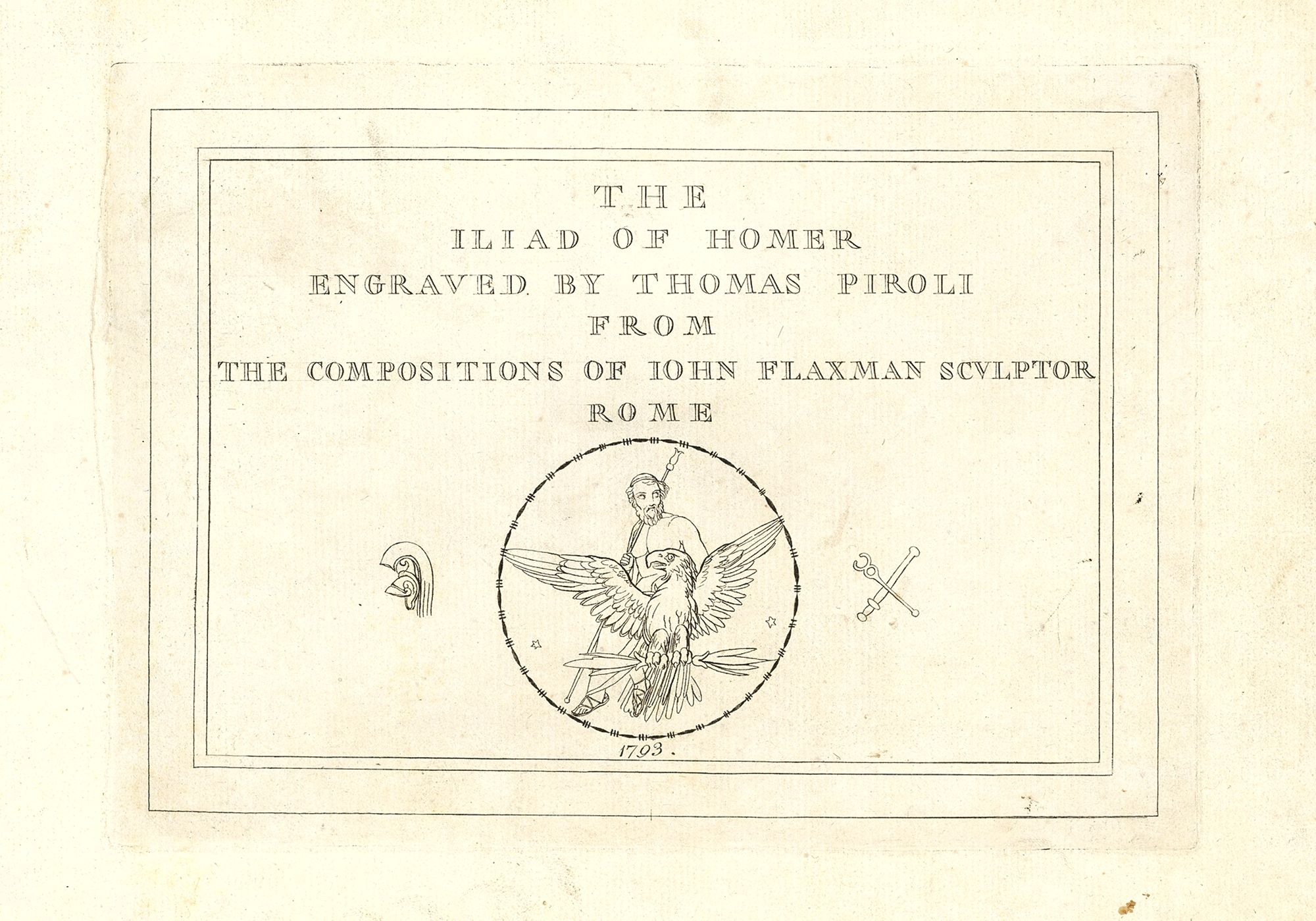
Epic poetry was used to tell grand stories of heroes and gods. These poems were often recited or sung over long periods. The Iliad and the Odyssey are prime examples of this tradition. Epic poems highlighted cultural values, such as bravery and loyalty. Their rhythmic structure made them easier to remember and pass on.
Mythology

Mythology provided ancient cultures with explanations for the world around them. Stories of gods, creation, and natural events were deeply intertwined with religious beliefs. Every culture had its own mythologies, like the Greek gods or Norse legends. These stories offered moral lessons and shaped societal norms. Mythology often explained the unknown, providing comfort and order.
Fables
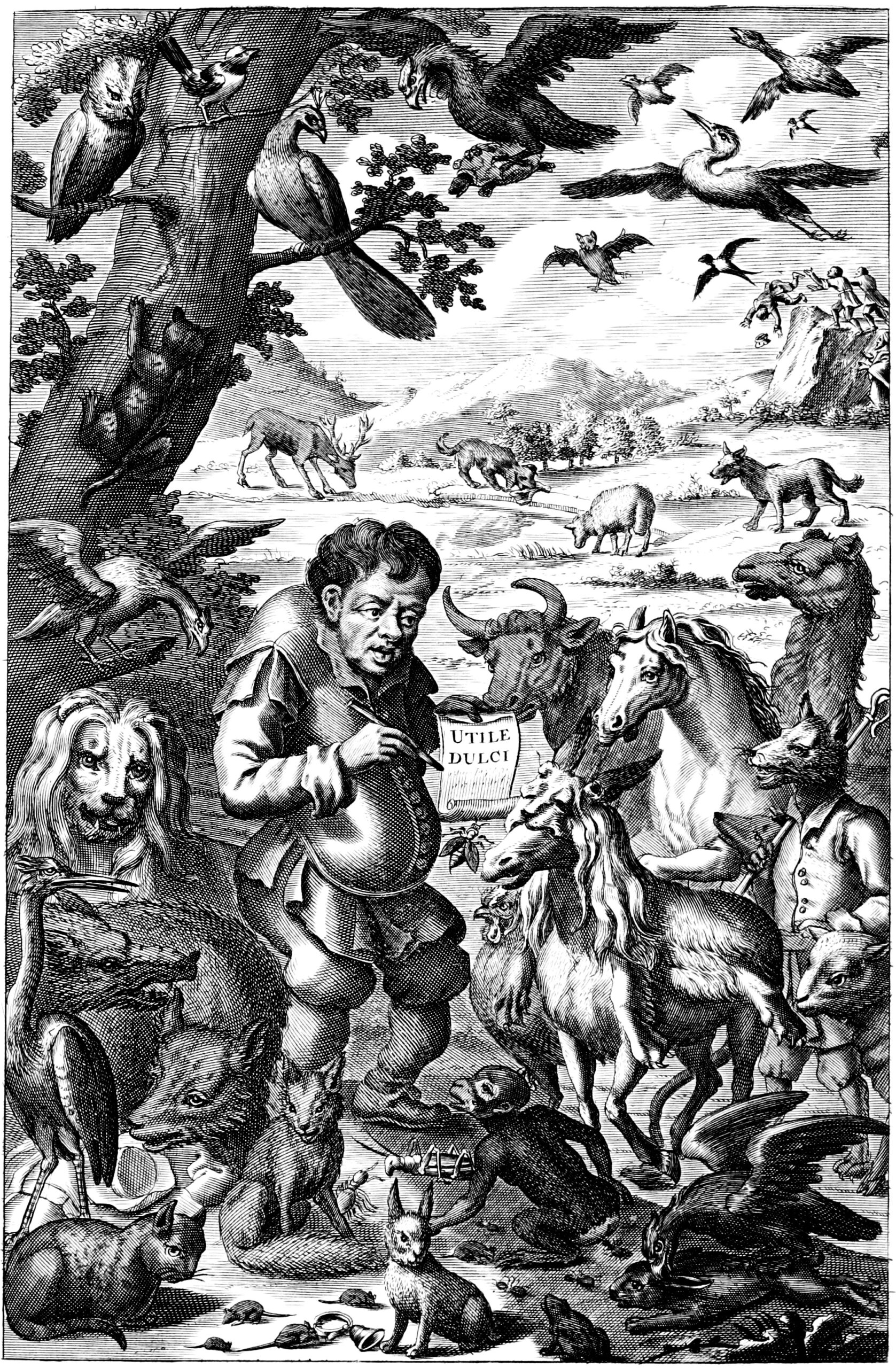
Fables were short stories that used animals or mythical creatures to teach moral lessons. Aesop’s Fables are the most well-known examples. These tales were simple yet impactful, offering wisdom in an easily digestible form. Each fable ended with a clear message about ethics or behavior. Fables were often told to children, reinforcing societal values from a young age.
Legends
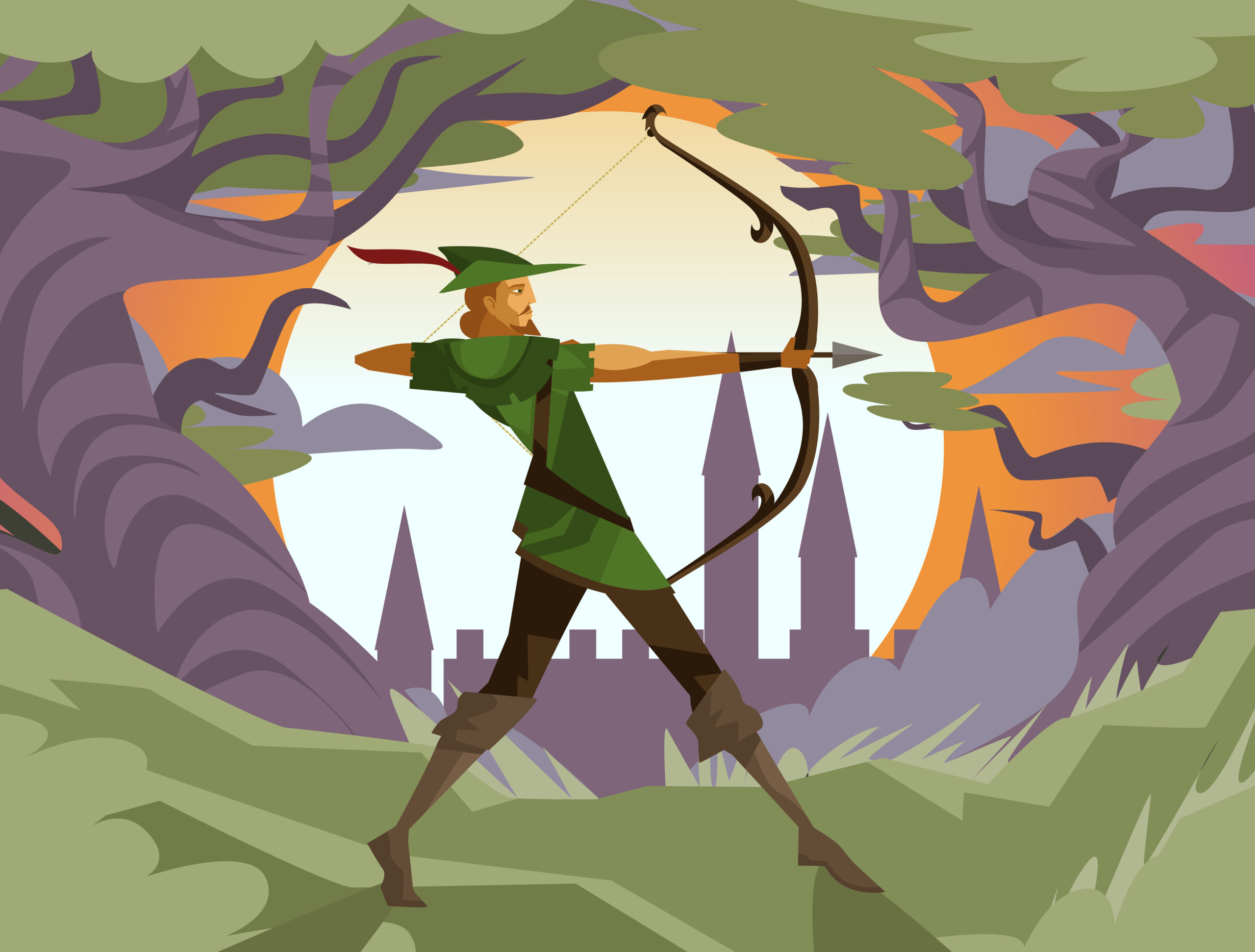
Legends mixed historical facts with fiction, creating larger-than-life stories. These tales often centered around a hero or significant event. Unlike myths, legends were more grounded in reality but still fantastical. Robin Hood and King Arthur are famous legends that have endured through centuries. They were shared to inspire and teach cultural ideals, such as justice and bravery.
Folk Songs
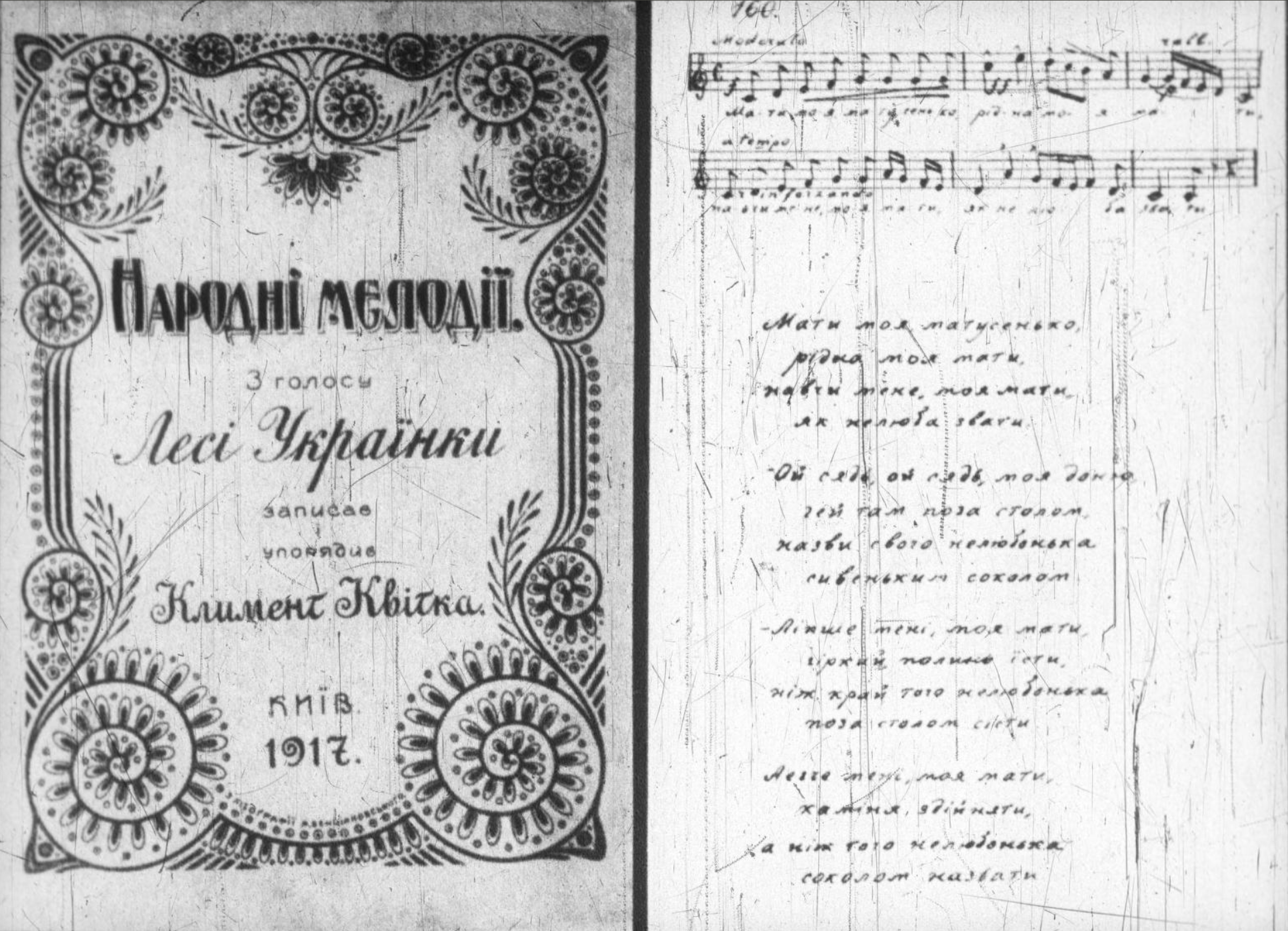
Folk songs were a melodic way to pass stories down. People used music to share tales of everyday life, love, and hardship. Different regions developed their own styles and subjects. These songs were simple, repetitive, and easy to remember. Folk songs brought communities together, often sung during celebrations or work. They reflected the values, struggles, and joys of a culture.
Ballads
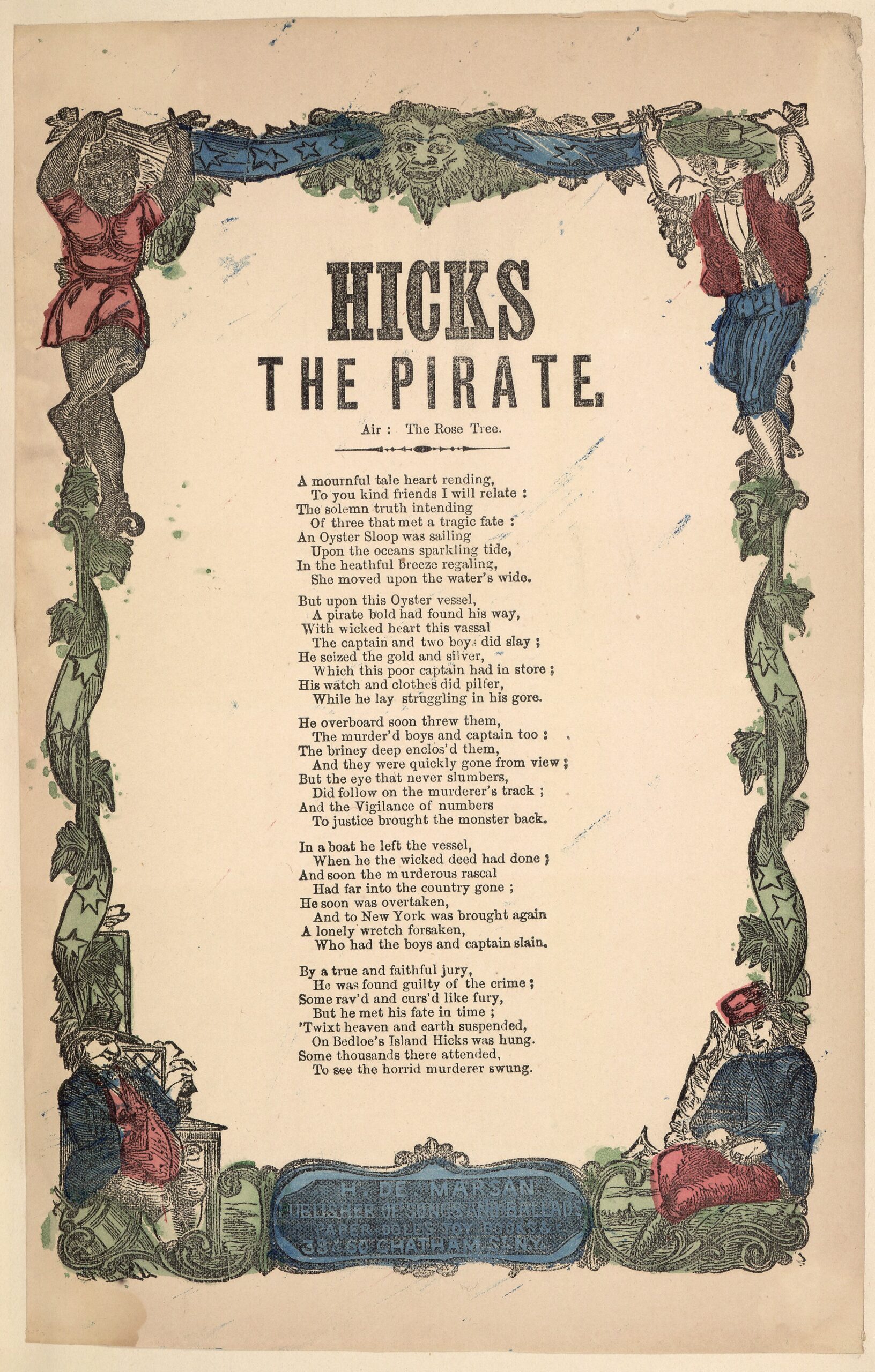
Ballads were narrative poems set to music, often telling stories of love, tragedy, or adventure. They were passed down through generations, evolving as they spread. Each verse built upon the story, creating suspense or emotion. Ballads were a popular form of entertainment in medieval Europe. Their catchy, repetitive structure made them memorable and easy to share.
Theater (Dramas)

Theater was an important storytelling medium in ancient civilizations like Greece and Rome. Dramas, both comedic and tragic, were performed in front of large audiences. Playwrights like Sophocles and Shakespeare used theater to explore human emotions, morality, and societal issues. Theater brought communities together and gave them a space to reflect on their culture. The power of live performances left a lasting impact on cultural identity.
Cave Paintings
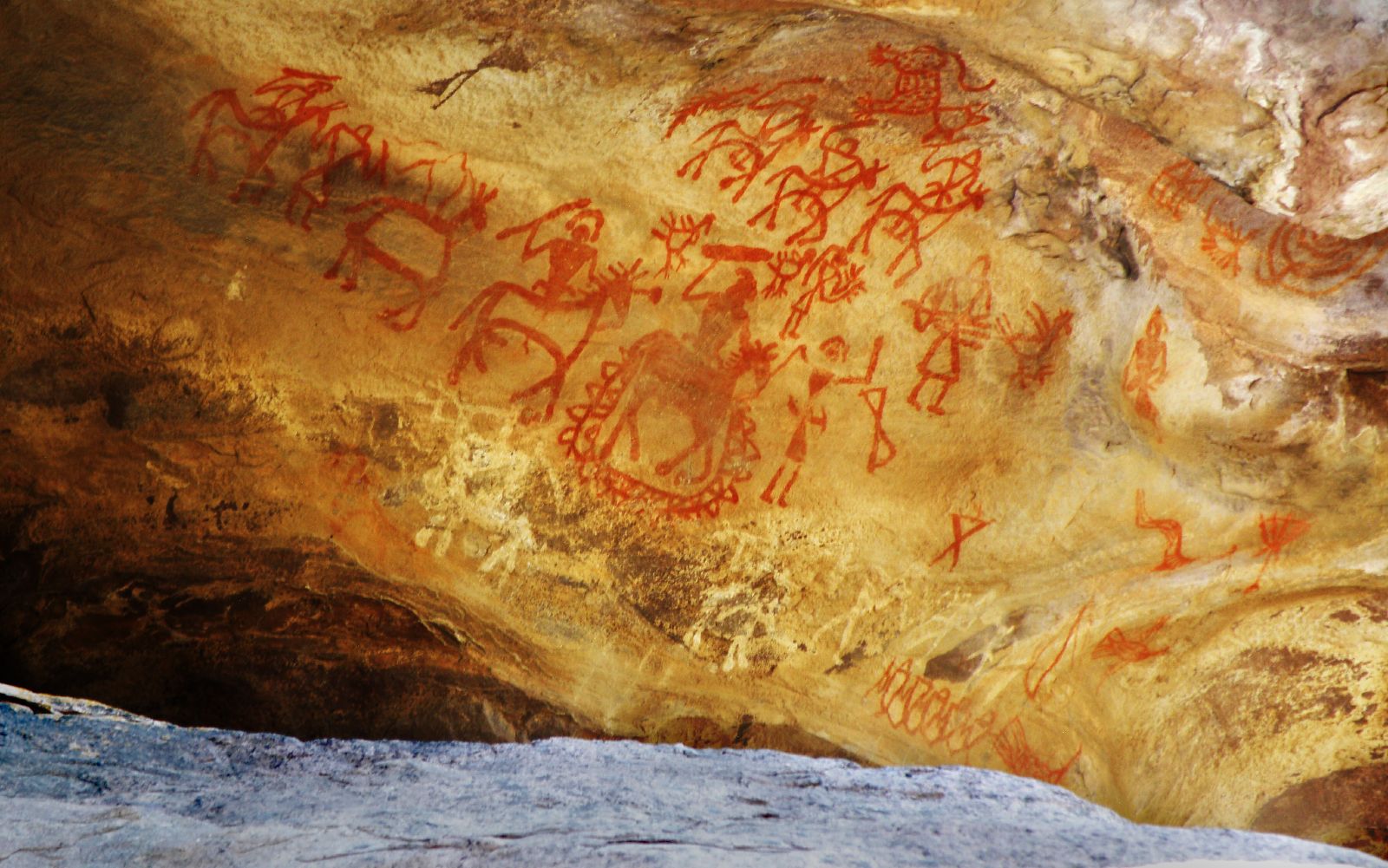
Cave paintings were one of the earliest visual forms of storytelling. Ancient people used these drawings to record their daily life and beliefs. Animals, hunts, and symbolic figures were common subjects. These paintings were often located in sacred places, adding spiritual meaning. Cave paintings allowed early humans to communicate across time, preserving their stories for future generations.
Pictographs
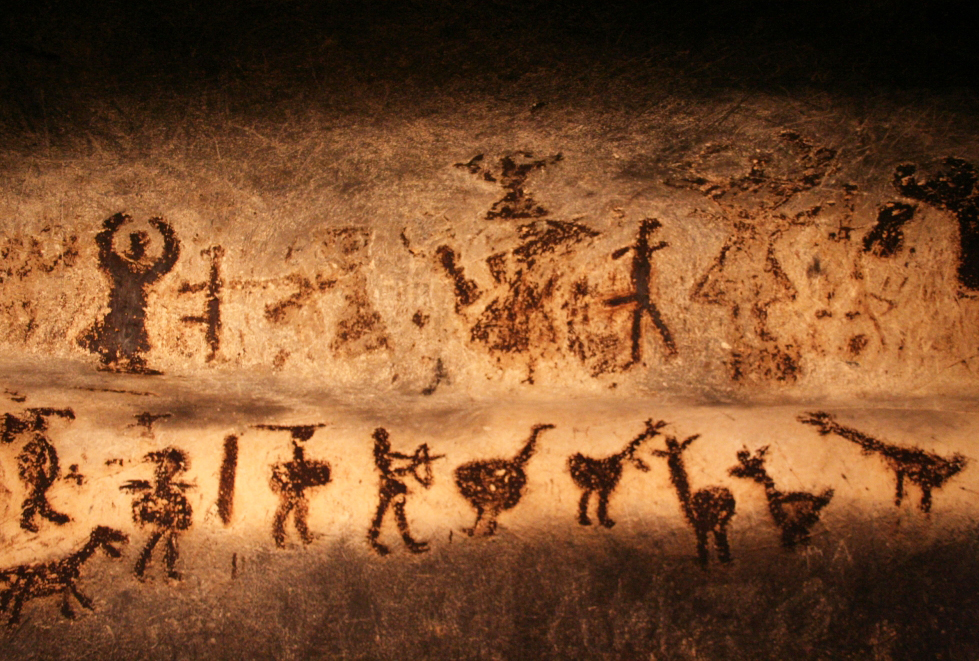
Pictographs were simple images that represented objects, people, or actions. Early humans used them to communicate ideas and record events. They often appeared on walls, pottery, or other surfaces. These images allowed people to convey stories when language wasn’t yet written. Pictographs were the foundation for many written languages that followed.
Hieroglyphics
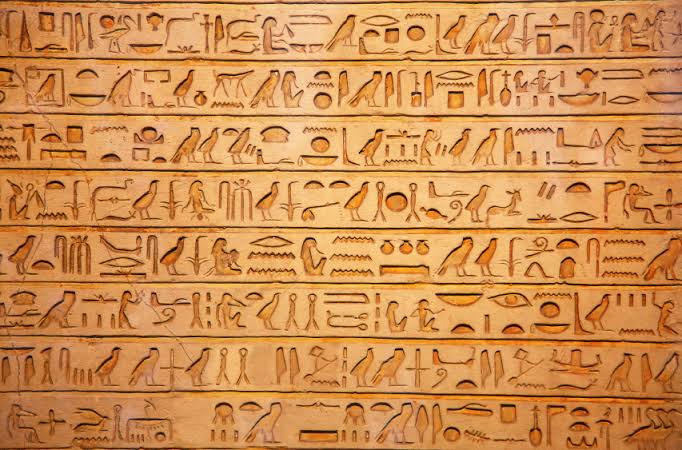
Hieroglyphics were the writing system of ancient Egypt. Each symbol represented a word or sound, creating a complex yet efficient form of communication. Egyptians used hieroglyphics to record religious texts, historical events, and stories of their gods. The symbols were often carved into stone or written on papyrus. Hieroglyphics preserved Egypt’s cultural identity for thousands of years.
Stone Carvings

Stone carvings were a durable method of storytelling in many ancient cultures. People carved important events, religious symbols, and cultural narratives into rock surfaces. These carvings could be found on monuments, temples, and tombs. Unlike other methods, stone carvings stood the test of time, allowing future generations to learn from them. They were a visual representation of the culture’s most important stories.
This article originally appeared on Rarest.org.
More from Rarest.org
1963 Jefferson Nickel Value Guide
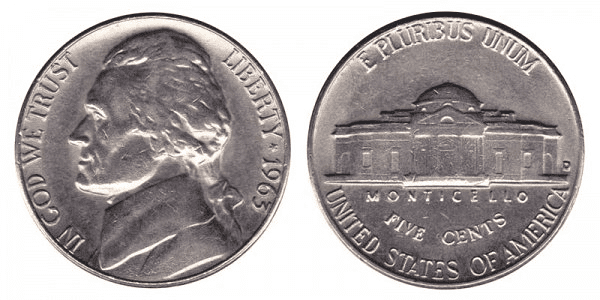
The 1963 Jefferson nickel is made of 75 percent copper and 25% nickel. It has a value of 5 cents ($0.05), a mass of 5 grams, a diameter of 21.21 millimeters, and a plain edge. Read More.
16 Stunning Birds of Prey Found in the Wild
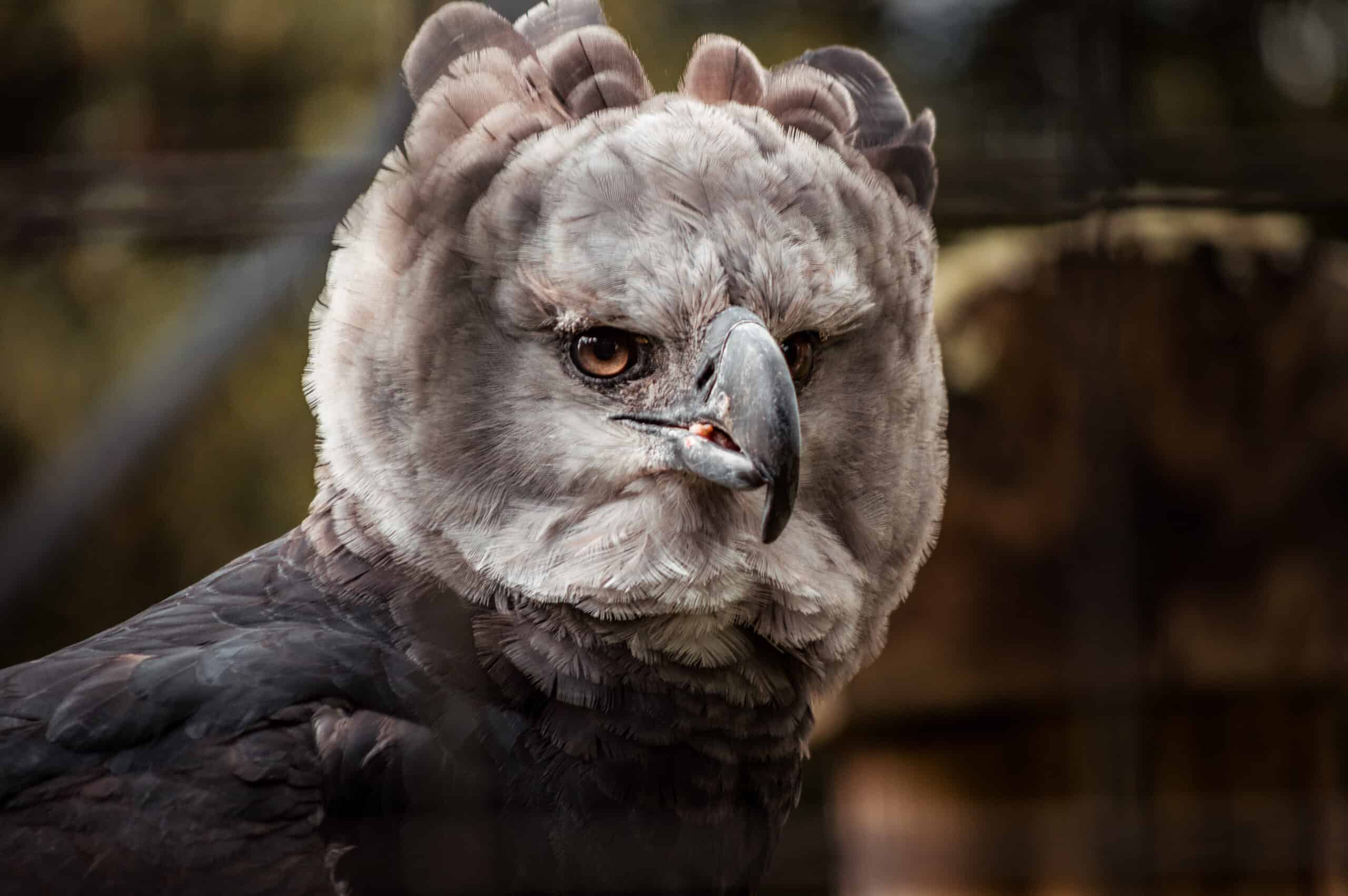
Birds of prey, also known as raptors, are some of the most captivating creatures in the animal kingdom. Read More.
12 Highest Earning Tennis Players of All Time

In the world of tennis, the most successful players aren’t just celebrated for their skills on the court but also for the immense wealth they’ve accumulated over their careers. Read More.
